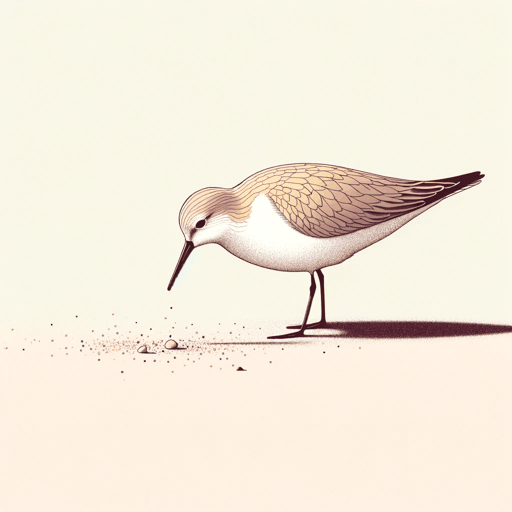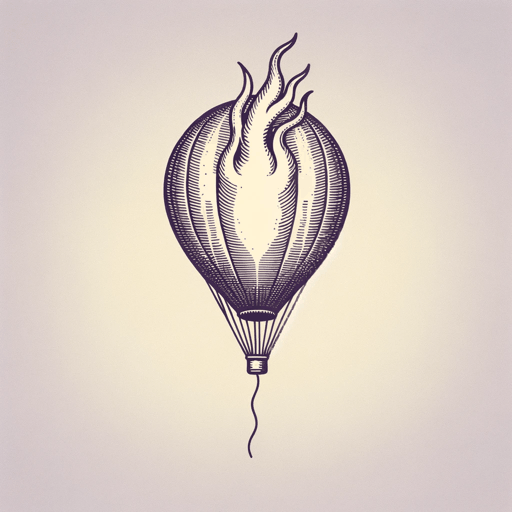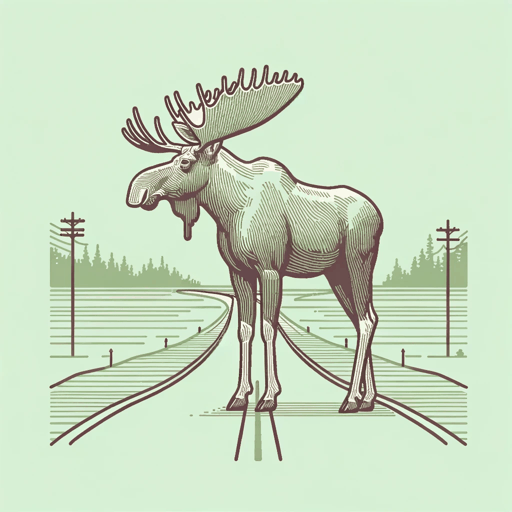17 pages • 34 minutes read
Elizabeth BishopThe Moose
Fiction | Poem | Adult | Published in 1976A modern alternative to SparkNotes and CliffsNotes, SuperSummary offers high-quality Study Guides with detailed chapter summaries and analysis of major themes, characters, and more.
Themes
The Nature of Memory and Childhood
The narrative of “The Moose” begins in Bishop’s childhood home of Nova Scotia. Her familiarity is relayed to the reader through the physical descriptions of the area, but these descriptions come to the reader in snapshots—a detailed scene without any context. Memories, especially memories from a distant childhood, often work this way, and they are usually woven with an emotion. Bishop is replaying the sights, sounds, and smells that define home for her. Though her home might not be the reader’s home, the dreamy quality of the snapshots provoke the emotions and idea of home that is a universal sensation.
Psychological Landscapes
The landscapes described in the narrative of the poem are not merely locations but also representations of the broader experiences of life. The beginning of the poem roots the speaker at home, in a place of warmth, comfort, and familiarity. The discussion of the tides and rivers is delivered through a haze of nostalgia. As the bus journey begins, the descriptions are less specific. The speaker picks out the familiar in the areas immediately surrounding their home—“clapboard farmhouses” (Line 21) and “churches” (Line 22), “white hens’ feathers” (Line 45), “whitewashed fences” (Line 51)—to connect to these new places.
Related Titles
By Elizabeth Bishop

A Miracle for Breakfast
Elizabeth Bishop

Arrival at Santos
Elizabeth Bishop

Crusoe in England
Elizabeth Bishop

Exchanging Hats
Elizabeth Bishop

Five Flights Up
Elizabeth Bishop

Insomnia
Elizabeth Bishop

One Art
Elizabeth Bishop

Sandpiper
Elizabeth Bishop

The Armadillo
Elizabeth Bishop

The Fish
Elizabeth Bishop

The Imaginary Iceberg
Elizabeth Bishop

The Mountain
Elizabeth Bishop

The Shampoo
Elizabeth Bishop

